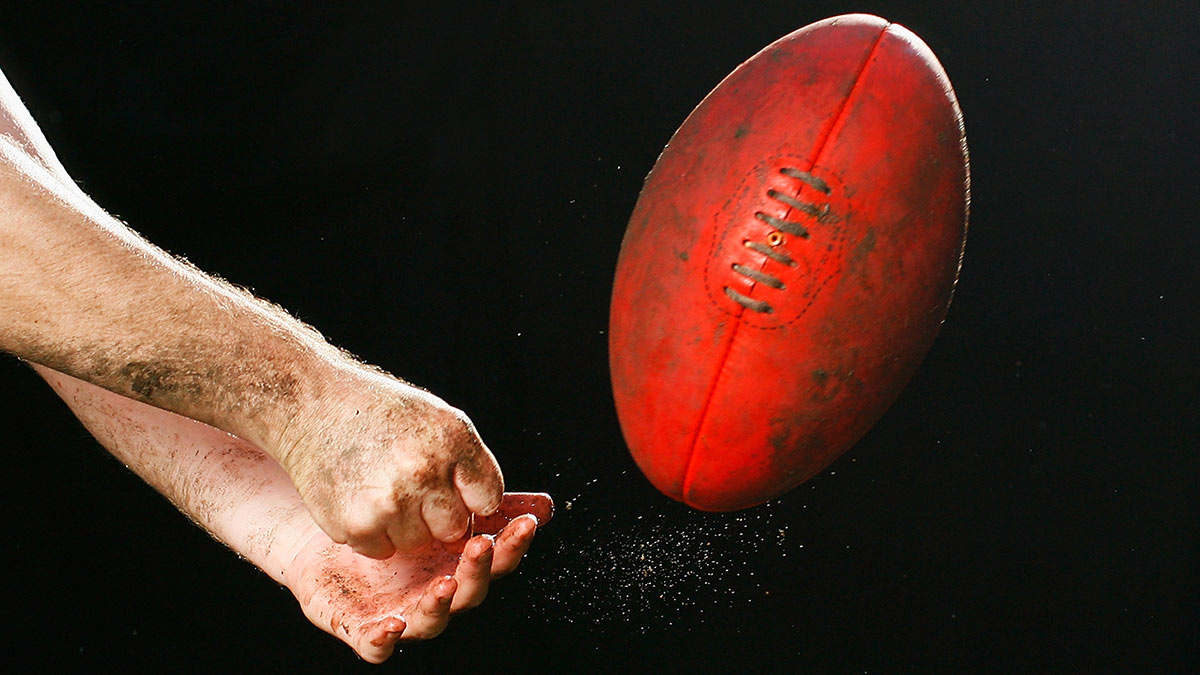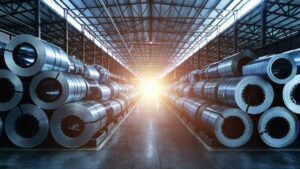Resources Top 5: Minnow offloads troubled Mexican zinc mine for US$6m, massive iron ore project edges closer to production

Pic: Kolbz, iStock / Getty Images Plus
- Consolidated Zinc to sell Plomosas zinc mine in Mexico for US$6m in cash and shares
- Magnetite Mines boosts resources to 3.3 billion tonnes at its monster Razorback iron ore project
- Industrial Minerals’ flagship 9.6Mt Stockyard silica sand project in WA is almost fully permitted for the commencement of mining
CONSOLIDATED ZINC (ASX:CZL)
CZL will sell its troublesome Plomosas zinc mine in Mexico to TSX listed Impact Silver for US$3m cash, US$3m shares and a 12% net profit interest royalty.
A great outcome for the $10m capped minnow, which will use the cash to explore its recently acquired lithium and rare earths projects in WA.
CZL’s ~6% shareholding on completion of the transaction, plus the 12% net profit deal from Plomosas, also gives it exposure to any success Impact may have.
“The proposed transaction presents a good outcome for shareholders as we will realise sufficient cash from the sale of the Plomosas project to fund the planned exploration in Western Australia, as well as retaining exposure to the potential upside of the Plomosas project through the shareholding in Impact Silver and the 12% net profit interest,” CZL chairman Brad Marwood says.
“Impact Silver hold various mining projects in Mexico and will bring their experience in running similar operations to the Plomosas Project.
“Retaining exposure in the Plomosas Project and gaining exposure to the other projects held by Impact Silver should be both exciting and rewarding for our shareholders.”
“With an enlarged cash balance following completion of the proposed transaction, the company will be able to focus its resources on its Pilbara and Gascoyne projects, with an aim for exploring for lithium and rare earth metals in the region.”
WA is one of the safest jurisdictions in the world, a refreshing change of pace for CZL which had struggled to make a go of it at Plomosa.
In late 2021, bandits allegedly stole ~90 tonnes of zinc and lead concentrate from the mine (valued at around US$90,000) after locking security guards and employees in a sea container.
Production numbers have also been disappointing, with CZL posting a small loss on the sale of 193t of zinc and 46t of lead concentrate in the December quarter due to the failure of a dewatering pump – the latest in a string of problems at the mine.
AUSTRAL GOLD (ASX:AGD)
(Up on no news)
Speaking of minesite robberies — in August last year a different group of armed bandits absconded with ~500oz of gold from AGD’s Guanaco and Amancaya mine complex operation in Chile.
The dual listed gold and silver miner – which also has other exploration assets in South America and the US – said Guanaco and Amancaya was expected to produce 30,000oz to 35,000oz gold eq in 2022 until someone (probably) forgot to lock the front gate and armed robbers took off with $1.25m worth of gold from the refinery.
“The company advised that no one was seriously injured in the incident which is being investigated by Chilean authorities,” it said at the time.
“In addition, although the company believes it has strong security, the company will undergo a thorough review to determine how it can further strengthen security at its Guanaco-Amancaya mine complex.”
It subsequently enjoyed a strong December quarter, with production increasing 35% to almost 8000oz gold eq for annual production of 27,686oz, in line with revised guidance.
All in costs also fell to US$1536/oz, giving it decent margins at selling prices of up to US$1900/oz.
Cash flow increased by US$1.2 million to US$0.6 million in Q4 2022 from negative US$0.6 million in Q3 2022.
AGD expects to produce 34,000-38,000oz in 2023 at AISC of between US$1400-US$1450/oz in H1, falling to between US$1100-US$1150/oz in H2.
That represents strong margins at current prices.
Meanwhile, it has agreed to sell its Pinguino polymetallic project in Argentina to E2 Metals (ASX:E2M) for US$10m in cash and shares.
AGD ($35m market cap) will become the largest shareholder in E2M ($28m market cap) once the deal completes in February or March.
MAGNETITE MINES (ASX:MGT)
MGT has boosted resources to 3.3 billion tonnes at its monster Razorback magnetite iron ore project in South Australia by updating its “highest quality” Iron Peak resource.
Iron Peak is now of suitable size and quality to investigate processing the deposit in the first years of operations, the company says.
The potential implications of this are material improvements to the project risk profile, cost base and overall economics.
Which are necessary. Razorback is a huge development, with the $60m capped stock requiring ~$665m for the Stage 1, 3Mtpa development announced in the 2021 PFS.
But this has since changed, with the company betting big on the emerging green steel thematic.
Optimisation studies are due for completion in March looking at a larger scale, 5Mtpa development.
“MGT has systematically increased the scale of its flagship Razorback iron ore project over recent years, creating the long-life, large-scale mine plan needed to support investment in opening South Australia’s massive but undeveloped Braemar iron province,” MGT CEO Tim Dobson says.
“Now we have turned our eye to improved product quality to not only enhance early-year project economics, but to also target the production of premium-grade DR products increasingly in demand by the decarbonising iron & steel sector.
“This Iron Peak mineral resource update represents a turning point for MGT, with the deposit now boasting materially improved mass recovery to complement the previously announced superior metallurgical performance, including the capability of producing premium-grade DR products.
“Taking advantage of this new information, we have now commenced work aimed at processing high-grade Iron Peak mineralisation into the critical first years of the production plan.
“In summary, Iron Peak presents MGT with an outstanding opportunity to process high-quality mineralisation early in the project, reducing technical risk, decreasing costs and improving project economics.”
INDUSTRIAL MINERALS (ASX:IND)
IND’s flagship 9.6Mt Stockyard silica sand project in WA is almost fully permitted for the commencement of mining.
A big milestone for the developer, which is now focused on finalising the project scoping study alongside with offtake negotiations.
A 20-tonne bulk sample is currently with a potential offtake partner to determine potential final product specifications and pricing.
While most silica sand demand comes from the construction sector, the high-quality stuff is used for the manufacture of glass panels used for solar photovoltaic panels, a market forecast to reach US$48.2bn by 2025.
$11m capped IND is flat year-to-date, and +80% on its mid-2021 IPO price of 20c per share.
ASTRO RESOURCES (ASX:ARO)
Fresh assays indicate $18m capped ARO may have hit the edge of a mineralised IOCG system at the 80%-owned Georgina project in the NT.
Iron oxide copper gold ore deposits (IOCG) — like BHP’s Olympic Dam mine or more recent Oak Dam discovery — can be deep but tremendously large, simple-to-process concentrations of copper, gold and other economic minerals.
Assay results for two diamond drill holes completed by the previous owner at the Banks and Leichhardt West prospects in mid-2022 confirm visual observations of copper, as well as revealing anomalous levels of other elements commonly associated with IOCG deposits.
“I am pleased with the positive early results that indicate drilling may have hit the outer edge of a mineralised IOCG system within the Central Tenement,” ARO chairman Tony Leibowitz says.
“We’re now awaiting final results of our EM surveys, as well as assays from Leichhardt East, with this data to feed into a detailed review of the Central Tenement area to help plan next steps and prioritise drill targets.”

UNLOCK INSIGHTS
Discover the untold stories of emerging ASX stocks.
Daily news and expert analysis, it's free to subscribe.
By proceeding, you confirm you understand that we handle personal information in accordance with our Privacy Policy.








